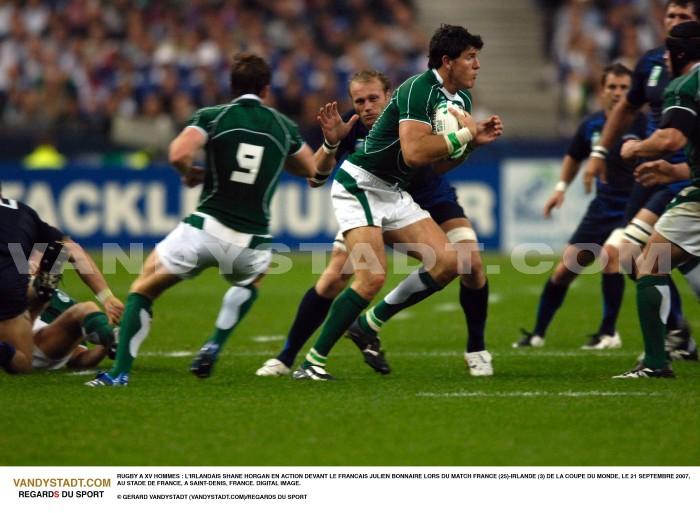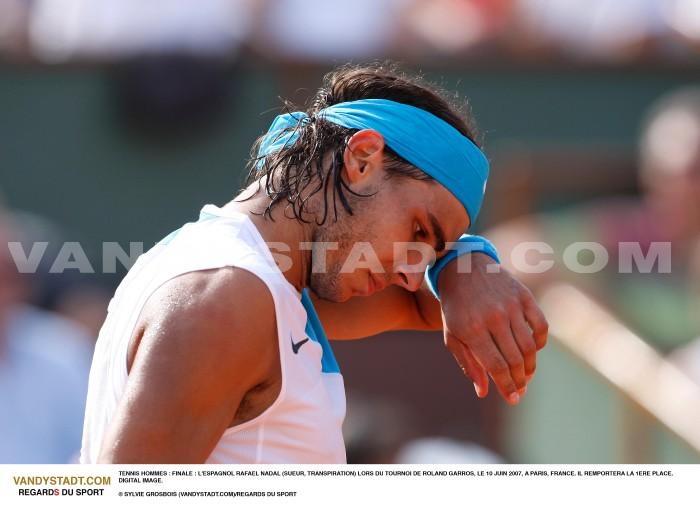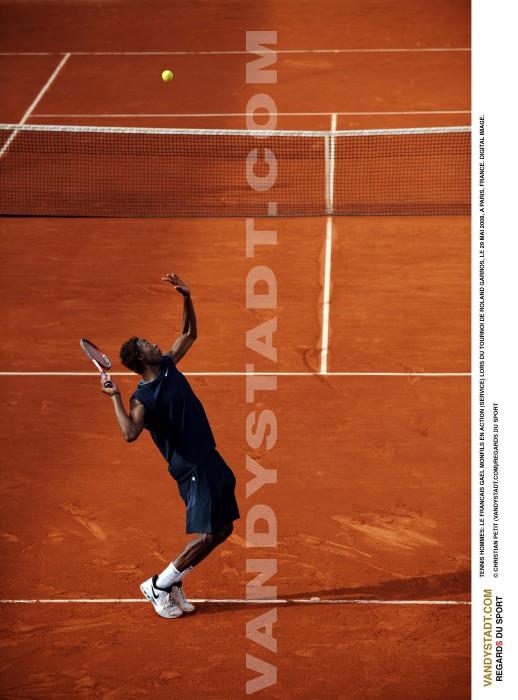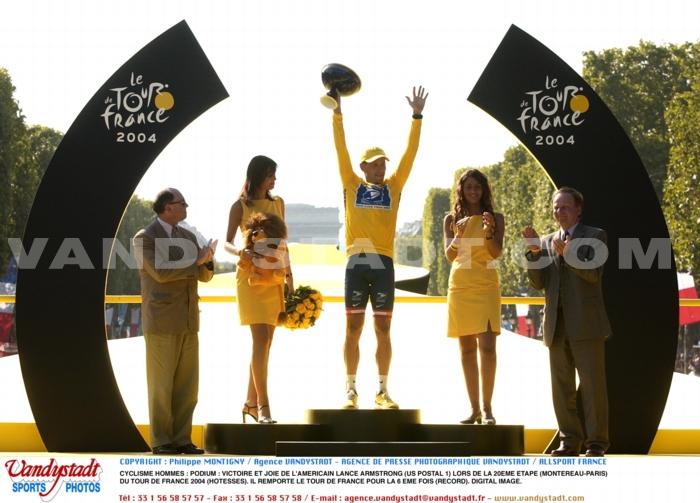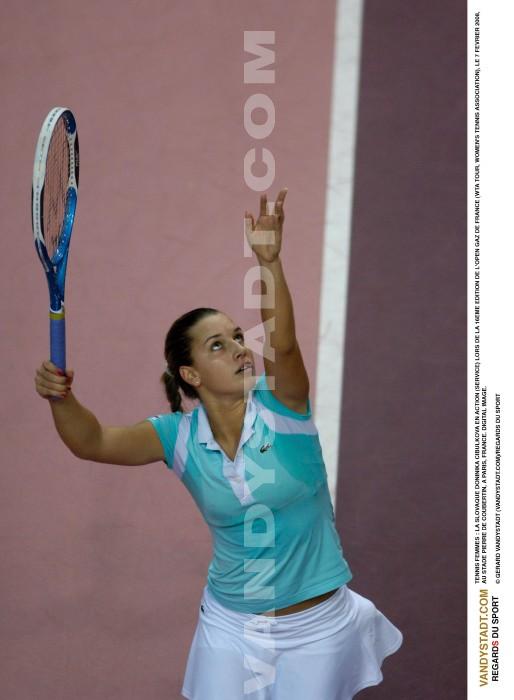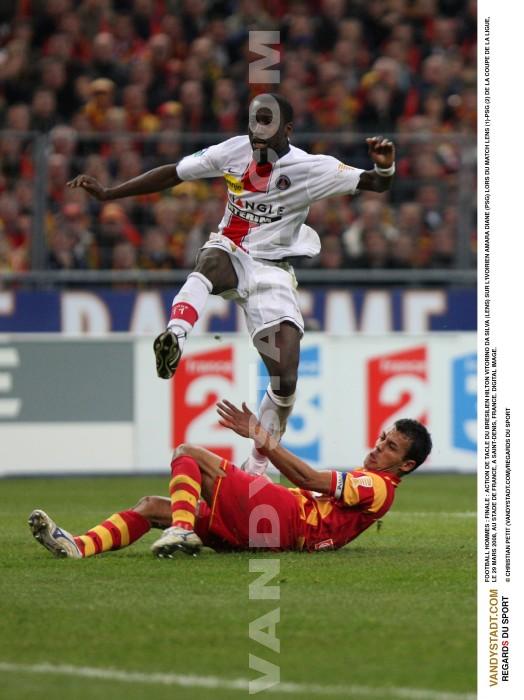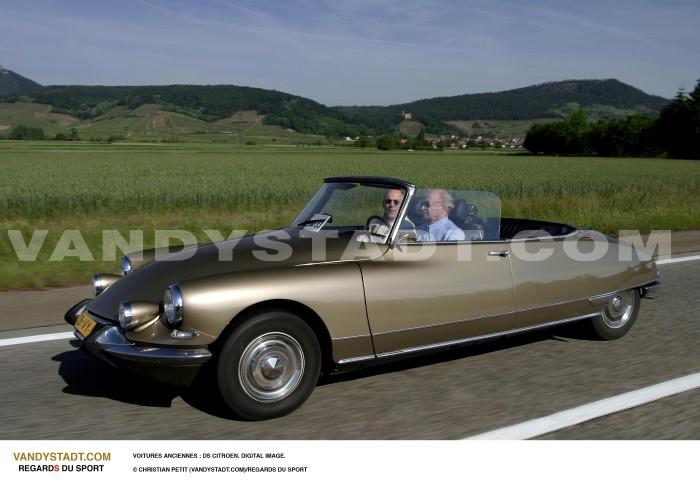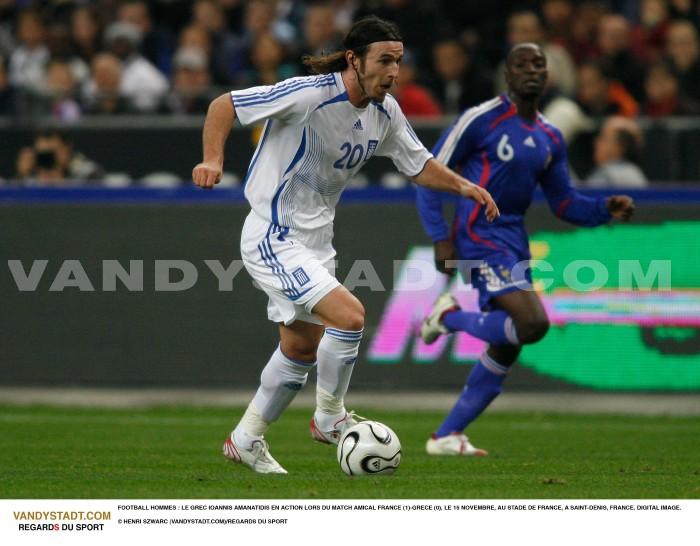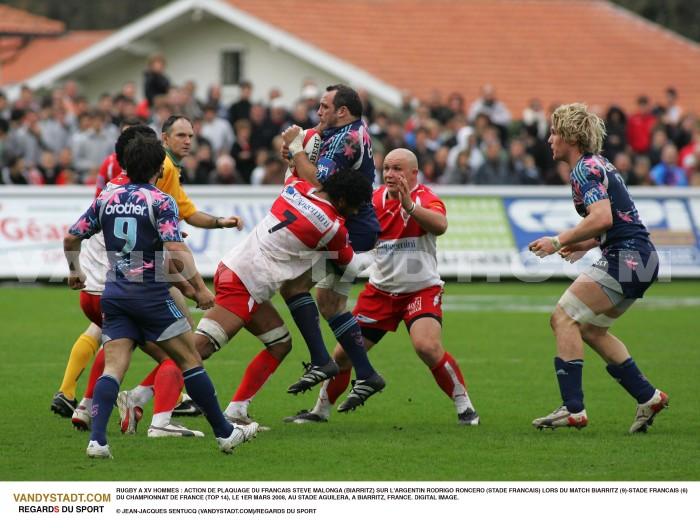Jeux Olympiques hiver - Olympic Winter Games history
Winter Olympics
![]()
.jpg)
The Olympics are a sporting event that takes place every four years, bringing together athletes from around the world in peace and respecting the principles of universal ethics.
The Olympic Winter Games were celebrated for the first time
1924.
CHAMONIX 1924

Patinage de vitesse , remporté par l?Américain Charles Jewtrew qui devint ainsi le premier champion olympique d?hiver de l?histoire ! Le Finlandais Clas Thunberg
remporta des médailles dans les cinq épreuves de Patinage de vitesse : trois d?or, une d?argent et une de bronze. Le Norvégien Thorleif Haug
s?imposant dans les deux épreuves de Ski de Fond et dans le combiné nordique. L?équipe canadienne de Hockey sur glace remporta ses cinq matches, cumulant 110 points en concédant que trois à ses adversaires." closure_hashcode_wyh8o8="456">In 1921, the International Olympic Committee has organized the "International Sports Week 1924" in Chamonix, France. The event met with great success and was named "first Winter Olympics. The first event was the 500 men in Patinage de vitesse , remporté par l?Américain Charles Jewtrew qui devint ainsi le premier champion olympique d?hiver de l?histoire ! Le Finlandais Clas Thunberg
remporta des médailles dans les cinq épreuves de Patinage de vitesse : trois d?or, une d?argent et une de bronze. Le Norvégien Thorleif Haug
s?imposant dans les deux épreuves de Ski de Fond et dans le combiné nordique. L?équipe canadienne de Hockey sur glace remporta ses cinq matches, cumulant 110 points en concédant que trois à ses adversaires." closure_hashcode_wyh8o8="457">speedPatinage de vitesse , remporté par l?Américain Charles Jewtrew qui devint ainsi le premier champion olympique d?hiver de l?histoire ! Le Finlandais Clas Thunberg
remporta des médailles dans les cinq épreuves de Patinage de vitesse : trois d?or, une d?argent et une de bronze. Le Norvégien Thorleif Haug
s?imposant dans les deux épreuves de Ski de Fond et dans le combiné nordique. L?équipe canadienne de Hockey sur glace remporta ses cinq matches, cumulant 110 points en concédant que trois à ses adversaires." closure_hashcode_wyh8o8="458">skating, won by American Charles Jewtrew who became the first Winter Olympic champion in history! The Finn Clas Thunberg
won medals in five events of Patinage de vitesse , remporté par l?Américain Charles Jewtrew qui devint ainsi le premier champion olympique d?hiver de l?histoire ! Le Finlandais Clas Thunberg
remporta des médailles dans les cinq épreuves de Patinage de vitesse : trois d?or, une d?argent et une de bronze. Le Norvégien Thorleif Haug
s?imposant dans les deux épreuves de Ski de Fond et dans le combiné nordique. L?équipe canadienne de Hockey sur glace remporta ses cinq matches, cumulant 110 points en concédant que trois à ses adversaires." closure_hashcode_wyh8o8="459">speedPatinage de vitesse , remporté par l?Américain Charles Jewtrew qui devint ainsi le premier champion olympique d?hiver de l?histoire ! Le Finlandais Clas Thunberg
remporta des médailles dans les cinq épreuves de Patinage de vitesse : trois d?or, une d?argent et une de bronze. Le Norvégien Thorleif Haug
s?imposant dans les deux épreuves de Ski de Fond et dans le combiné nordique. L?équipe canadienne de Hockey sur glace remporta ses cinq matches, cumulant 110 points en concédant que trois à ses adversaires." closure_hashcode_wyh8o8="460"> skating: three gold, one silver and one bronze. The Norwegian Thorleif Haug
winning in both races Patinage de vitesse , remporté par l?Américain Charles Jewtrew qui devint ainsi le premier champion olympique d?hiver de l?histoire ! Le Finlandais Clas Thunberg
remporta des médailles dans les cinq épreuves de Patinage de vitesse : trois d?or, une d?argent et une de bronze. Le Norvégien Thorleif Haug
s?imposant dans les deux épreuves de Ski de Fond et dans le combiné nordique. L?équipe canadienne de Hockey sur glace remporta ses cinq matches, cumulant 110 points en concédant que trois à ses adversaires." closure_hashcode_wyh8o8="461">cross countryPatinage de vitesse , remporté par l?Américain Charles Jewtrew qui devint ainsi le premier champion olympique d?hiver de l?histoire ! Le Finlandais Clas Thunberg
remporta des médailles dans les cinq épreuves de Patinage de vitesse : trois d?or, une d?argent et une de bronze. Le Norvégien Thorleif Haug
s?imposant dans les deux épreuves de Ski de Fond et dans le combiné nordique. L?équipe canadienne de Hockey sur glace remporta ses cinq matches, cumulant 110 points en concédant que trois à ses adversaires." closure_hashcode_wyh8o8="462"> and Nordic combined. The Canadian team of Patinage de vitesse , remporté par l?Américain Charles Jewtrew qui devint ainsi le premier champion olympique d?hiver de l?histoire ! Le Finlandais Clas Thunberg
remporta des médailles dans les cinq épreuves de Patinage de vitesse : trois d?or, une d?argent et une de bronze. Le Norvégien Thorleif Haug
s?imposant dans les deux épreuves de Ski de Fond et dans le combiné nordique. L?équipe canadienne de Hockey sur glace remporta ses cinq matches, cumulant 110 points en concédant que trois à ses adversaires." closure_hashcode_wyh8o8="463">ice hockeyPatinage de vitesse , remporté par l?Américain Charles Jewtrew qui devint ainsi le premier champion olympique d?hiver de l?histoire ! Le Finlandais Clas Thunberg
remporta des médailles dans les cinq épreuves de Patinage de vitesse : trois d?or, une d?argent et une de bronze. Le Norvégien Thorleif Haug
s?imposant dans les deux épreuves de Ski de Fond et dans le combiné nordique. L?équipe canadienne de Hockey sur glace remporta ses cinq matches, cumulant 110 points en concédant que trois à ses adversaires." closure_hashcode_wyh8o8="464"> won its five games, accumulating 110 points conceding only three in his opponents.

The Winter Games of 1928 in St Moritz in Switzerland, were the first that took place in another country than when organized, the same year, the Games of the Olympiad. A new trial was on the agenda: the Skeleton, similar to the Luge at the difference that the athletes descend on the belly. The speed skater Clas Thunberg added two gold medals at three he won in 1924. The Norwegian Johan Grøttumbråten winning the 18 km cross country and Nordic combined. His compatriot, the skater Sonja Henie , caused a sensation by winning the women's event at the age of fifteen. It is still among the youngest Olympic champion in an event in
iduelle. The Suédos Gillis Grafström won his third gold medal in a row in FigureSkating. Canada again dominated the tournament icehockey, winning their three games 11-0, 14-0 and 13-0.
LAKE PLACID 1932

The third Winter Olympics were held in 1932 in Lake Placid, a small town in upstate New York. Sonja Henie successfully defended his title in FigureSkating, as the French couple Andrée and Pierre Brunet. Gillis Grafström failed to win a fourth gold medal in finishing second behind Austrian Karl Schäfer. The American Billy Fiske won a second gold medal in the Bobsleigh event at four. One member of the team Fiske, Eddie Eagan, was Olympic champion in boxing class light heavyweight, the 1920 Games in Antwerp. It remains the only athlete in Olympic history to win gold in both Summer and Winter.
Garmisch Partenkirchen 1936

The 1936 Games were held in the twin towns of Garmisch and Partenkirchen in Bavaria. The Alpine skiing was included for the first time in the program, which aroused considerable controversy. Opposing the International Ski Federation (FIS), the IOC decided that ski instructors could not take part in the Olympics because they were professionals. Incensed, the Austrian and Swiss skiers boycotted the tests. The conflict continued after the Games and it was decided that skiing would not be entered in the Games program in 1940. Sonja Henie
won her third gold medal and his second Karl Schäfer. The Norwegian speed skater Ivan Ballangrud won three races out of four, including the 500m - the shortest distance - and 10 000m - the longest distance. The British hockey upset Canada stating that ten out of twelve players lived in Canada.

The Winter Olympics of 1940 were provided in Sapporo, Japan. Because of the war against China, the Japanese were not able to host the Games. The resort of St Moritz was then chosen as the alternate site, but the continuing conflict with the ski instructors led the Swiss to withdraw as their candidate. The Germans were candidates with the resort of Garmisch-Partenkirchen in July 1939, but four months later, the Games were canceled due to the outbreak of the Second World War. The first Games of the post-war took place in St Moritz in 1948. With the exception of Germany and Japan, all other countries participated!. The Winter Olympics had survived well in hiatus that lasted for twelve years. For the first time the Americans won gold medals in Figure Skating, the Canadian Barbara Ann Scott in women and Américaint Dick Button in men. The French Alpine skier Henri Oreiller and Swedish Nordic skier Martin Lundström were the only ones to win two gold medals each.
OSLO 1952

In 1952 the Olympics were finally held in Norway, the birthplace of modern skiing. The Olympic flame was lit in the hearth of the same precursor skiing, Sondre Nordheim
, and subsequently increased by 94 skiers to Oslo. Speed skater Hjalmar Andersen
became the star winning three gold medals at home. Its margins ahead in the 5 000m and 10 000m were then the largest in Olympic history. In Alpineskiing, the combined event was replaced by the giant slalom. At only 19 years, Andrea Mead Lawrence prevailed as both the slalom and giant slalom. For the first time, a test of cross country was organized for women, won by Finland's Lydia Wideman. Canada wins for the 5th time in the tournament hockeyice, bringing to 37 the number of Olympic victories against only one defeat and three draws. During those 41 games, the Canadians scored 403 goals, conceding only 34 did their opponents.
First light the Olympic cauldron in 1952 by Eigil Nansen, little son of Fridtjof Nansen, the famous explorer.
Cortina d'Ampezzo 1956

The Olympic Winter Games of 1956 in Cortina d'Ampezzo (Italy) were distinguished by the first appearance by a team of the Soviet Union, which immediately won more medals than any other country: the speed skaters won three of four tests, and the team of ice hockey put an end to the dominion of Canada. Pavel Kolchin became the first non-Scandinavian to clinch a medal in Alpineskiing. Anton Sailer needed in the three tests gentlemen Alpine Skiing - a first in Olympic history. Madeleine Berthod of Switzerland won the downhill with 4.7 seconds ahead of the second day of his birthday. The Americans dominated the Figure Skating: Tenley Albright was crowned Olympic champion and, in men, Hayes Alan Jenkins went on the highest step of the podium exclusively American. Cortina Games were the first to be televised and the last to hold competitions Figure skating outdoors.
In 1956, for the first time, Soviet athletes participating in the Winter Games.
SQUAW VALLEY 1960

It's the only time Bobsleigh was not part of the Olympic program, the organizing committee refused to build a trail Bobsleigh because only nine countries took part in this event. These Games taking place in California, the director of opening and closing was logically Walt Disney. A new sport, Biathlon (a combination country skiing and shooting) was added to the Olympic program. The first race was won by the Swede Klas Lestander . Women participated for the first time in Test Speed Skating. The skater Yevgeny Grishin needed in the 500m and 1 500m, the same doubled before he succeeded in 1956. Finally, the U.S. team of ice hockey won an unexpected victory, beating Canada and URS.
INNSBRUCK 1964

The bar 1 000 competitors is reached first. Politically, there was the presence of an exceptional team combined the two Germanys. Lydia Skoblikova won four women's events in speed skating, becoming the first woman to win four gold medals in a single edition of the Winter Games. Klavdiya Boyarskikh won three gold medals in cross country and men, Eero Mäntyranta made two. The sisters Christine and Marielle Goitschel took two first places in both the slalom and giant slalom. Ski jumping saw the introduction of a second test and Luge became olympique.Malheureusement sport, the Games were bereaved by two dramas, both occurring in training just days before the first one in AlpineSkiing, the other at the Luge. The young Australian skier Ross Milne, 19, died after hitting a tree, and Lugeur British Polish Kazimierz Skrzypecki kills himself following a violent trail.
Did you know that in 1964, serious snow worried the organizers. The Austrian army had to extract 20 000 blocks of ice from the mountain and transported to the slopes Luge and bob. She also carried 40 000m3 of snow to the slopes of Alpine Skiing and deposited 20 000 m3 of additional snow in reserve.

It is up to the 1968 Games in Grenoble that the first tests of femininity were introduced. The national hero Jean-Claude Killy is needed in the proofs of Alpine skiing men, but only after the greatest controversy in the history of the Winter Olympics. His great rival, the Austrian Karl Schranz , claimed that a mysterious man dressed in black had crossed the track ahead of him in the slalom, forcing him to skid to a stop. After a new start, Schranz had a better time as Killy, but a Jury of Appeal disqualified and the victory gave the French. There was also controversy in the Women's Luge, when the three East German, who finished first, second and fourth, were disqualified for heating their runners. The melter Toini Gustafsson needed in both events in
iduelles and winning a silver medal in the relay. Married in life, the pair Lyudmila Belousova and Oleg Protopopov, gracefully defended their champions Olympic FigureSkating. As a pilot two-man and four-man, Eugenio Monti won two gold medals.
The Grenoble Games were the first Winter Olympics televised in color.
SAPPORO 1972

Galina Kulakova remporta les trois épreuves de Ski de Fond dames. Le Néerlandais Ard Schenk s?adjugea trois médailles d?or en Patinage de vitesse . En Ski Alpin , une Suissesse inconnue, Marie-Theres Nadig, gagna la descente et le slalom géant. Le Norvégien Magnar Solberg remporta pour la deuxième fois de suite le 20 km et devint ainsi le premier champion olympique à réussir cet exploit dans une épreuve in" closure_hashcode_wyh8o8="546">The 1972 Games in Sapporo, Japan, were the first to be held outside Europe or USA. The subject of amateurism stirred controversy when skier Karl Schranz was excluded for having received money from manufacturers of ski equipment, while the hockey players "full time" communist countries were allowed to compete. The Soviet Galina Kulakova won three races Galina Kulakova remporta les trois épreuves de Ski de Fond dames. Le Néerlandais Ard Schenk s?adjugea trois médailles d?or en Patinage de vitesse . En Ski Alpin , une Suissesse inconnue, Marie-Theres Nadig, gagna la descente et le slalom géant. Le Norvégien Magnar Solberg remporta pour la deuxième fois de suite le 20 km et devint ainsi le premier champion olympique à réussir cet exploit dans une épreuve in" closure_hashcode_wyh8o8="547">cross countryGalina Kulakova remporta les trois épreuves de Ski de Fond dames. Le Néerlandais Ard Schenk s?adjugea trois médailles d?or en Patinage de vitesse . En Ski Alpin , une Suissesse inconnue, Marie-Theres Nadig, gagna la descente et le slalom géant. Le Norvégien Magnar Solberg remporta pour la deuxième fois de suite le 20 km et devint ainsi le premier champion olympique à réussir cet exploit dans une épreuve in" closure_hashcode_wyh8o8="548"> ladies. The Netherlands Ard Schenk wins three gold medals in Galina Kulakova remporta les trois épreuves de Ski de Fond dames. Le Néerlandais Ard Schenk s?adjugea trois médailles d?or en Patinage de vitesse . En Ski Alpin , une Suissesse inconnue, Marie-Theres Nadig, gagna la descente et le slalom géant. Le Norvégien Magnar Solberg remporta pour la deuxième fois de suite le 20 km et devint ainsi le premier champion olympique à réussir cet exploit dans une épreuve in" closure_hashcode_wyh8o8="549">speedGalina Kulakova remporta les trois épreuves de Ski de Fond dames. Le Néerlandais Ard Schenk s?adjugea trois médailles d?or en Patinage de vitesse . En Ski Alpin , une Suissesse inconnue, Marie-Theres Nadig, gagna la descente et le slalom géant. Le Norvégien Magnar Solberg remporta pour la deuxième fois de suite le 20 km et devint ainsi le premier champion olympique à réussir cet exploit dans une épreuve in" closure_hashcode_wyh8o8="550">skating. In Galina Kulakova remporta les trois épreuves de Ski de Fond dames. Le Néerlandais Ard Schenk s?adjugea trois médailles d?or en Patinage de vitesse . En Ski Alpin , une Suissesse inconnue, Marie-Theres Nadig, gagna la descente et le slalom géant. Le Norvégien Magnar Solberg remporta pour la deuxième fois de suite le 20 km et devint ainsi le premier champion olympique à réussir cet exploit dans une épreuve in" closure_hashcode_wyh8o8="551">AlpineGalina Kulakova remporta les trois épreuves de Ski de Fond dames. Le Néerlandais Ard Schenk s?adjugea trois médailles d?or en Patinage de vitesse . En Ski Alpin , une Suissesse inconnue, Marie-Theres Nadig, gagna la descente et le slalom géant. Le Norvégien Magnar Solberg remporta pour la deuxième fois de suite le 20 km et devint ainsi le premier champion olympique à réussir cet exploit dans une épreuve in" closure_hashcode_wyh8o8="552">skiing, an unknown Swiss, Marie-Theres Nadig, won the downhill and giant slalom. The Norwegian Magnar Solberg won for the second time running on 20 km and thus became the first Olympic champion to achieve this feat in an event in
iduelle of Biathlon. In normal hill, three Japanese jumpers, Yukio Kasaya
top (first title in history for Japan), mounted the three steps of the podium.
I

The 1976 Games were awarded to the American city of Denver, but the population of the state of Colorado voted against the use of public funds to support the Games. Innsbruck then came to help and received the 1976 Games, twelve years after his last Games. Y Rosi Mittermaier won two of three tests of Alpine Skiing and almost little to become the first woman to remove the lot for three rounds. But in the final race, the Canadian Kathy Kreiner forestalled by 12 hundredths of a second in the slalom glove. Team Ice Hockey USSR won its fourth gold medal in a row. A new test of FigureSkating, ice dancing was introduced to the program, dominated by the Russians as 'couples'. The lasting memory of these Games was that of Franz Klammer flying literally on the downhill course, barely controlling his race to the gold medal.
LAKE PLACID 1980

The Olympic Winter Games of 1980 in Lake Placid, New York, were marked by many achievements! The legendary Swedish skier Ingemar Stenmark
won the slalom and giant slalom. In women, it's Hanni Wenzel
, who ascended the top step of the podium, Liechtenstein and became the smallest country with an Olympic champion. Ulrich Wehling won the gold medal in Nordic combined for the third time in succession, a feat also realized Irina Rodnina
, but in Figure Skating, among couples. Aleksandr Tikhonov
won his fourth gold medal in a row in the relay in Biathlon. The founder Nikolay Zimyatov was crowned Olympic champion for the third straight time. Unprecedented feat: American Eric Heiden
won gold in five events of Speed Skating - from 500m to 10 000m. However, for American viewers, the highlight of these Games was the surprise winner of the team of ice hockey in the United States beat the Soviet Union.
The artificial snow made its Olympic debut in 1980.
SARAJEVO 1984

In 1984, the Games were held for the first time in a socialist country. The hospitality of the inhabitants of Sarajevo won all the votes, and there was no indication when the war that would devastate the city a few years later. The skier Jure Franko made a nation proud by winning the first medal of the Yugoslav history of the Winter Games: a silver medal in giant slalom. Marja-Liisa Hämäläinen finished first in three events
iduelles in crosscountry. In speedskating, Gaétan Boucher and Karin Enke each won two gold medals. The biathlete Eirik Kvalfoss
earned a gold, silver and bronze. The American twins Phil and Steve Mahre
ended first and second in the slalom. As for competitions FigureSkating, they were marked by the unforgettable performance of Jane Torvill and Christopher Dean in the free dance with their interpretation of Ravel's Bolero earned them the maximum score of 6 for artistic impression.

For the first time the Winter Games were held in sixteen days, including three weekends. With the entrance of the super giant slalom and combined events of Alpine skiing went from three to five. The team events were added in Nordic combined and ski jumping. This new program would allow the jumper Matti Nykänen won three gold medals. The racing speed skating were held indoors. Yvonne Van Gennip
was the revelation of these competitions, winning three times the gold. Christa Rothenburger finished first for his part, 1 000m, seven months later, in Seoul, she won the silver in cycling, making her the only athlete to be awarded the same year, a medal of the Olympics winter and another in the Summer Olympics. The figure skater Katarina Witt
defended his title successfully while Brian Boitano
prevailed on some of Brian Orser
in men. Alberto Tomba
, skiing charismatic, made his first Olympic appearance, winning the slalom and giant slalom.

The Albertville Olympics were the last Winter Games held the same year as the Summer Games. Of the 57 events on the program, only 18 were held in Albertville itself. The others were held in nearby stations. Freestyle skiing, the Biathlon women and Speed Skating Short Track made their Olympic debut as a separate discipline. Norwegian skiers won all the races crosscountry, Bjorn Daehlie and Vegard Ulvang
each won three gold medals. Speed skater Bonnie Blair
became essential to test the 500m and
1 000m, while Gunda Niemann won the two longest distances. At the age of 16 years, the ski jumper Toni Nieminen
became the youngest man to win a winter test. Alpine skier Petra Kronberger
itself in the combined and slalom. The Korean Kim Ki-hoon dominated the short track with gold medals in both events.
At these Games, the countries that constituted the former USSR are participating under the name of Unified Team (EUN).
LILLEHAMMER 1994

In 1986 the IOC voted to change the timing of the Olympic Games so that the Summer and Winter are no longer held the same year. To meet this new schedule, the Lillehammer Games were well organized in 1994. This was the only time that two editions of the Games were held two years apart. The 1994 Games were extremely well organized and the enthusiasm of the Norwegian winter brought a note of freshness. Local hero Johann Koss won three rounds of SpeedSkating, setting a world record in each. Vreni Schneider won a complete set of medals in Alpine skiing and Manuela Di Centa earned medals in all five events of crosscountry. Myriam Bédard became essential to both races in
iduelles of Biathlon Women. Gustav Weder and Donat Acklin became the first crew to win for the second time the man event two. The couple Ekaterina Gordeeva and Sergei Grinkov repeated their feat of 1988 Olympic. skating
Focusing on respect for the environment, these games have been dubbed "white-green Games".
NAGANO 1998

In 1998, the Winter Games returned after 26 years of absence in Japan. The Snowboard, the Curling and the women's ice hockey were on the Olympic program. For the first time the tournament Men's Ice Hockey was open to all professionals and was marked by the unexpected victory of the Czech team. Bjorn Dahlie won three gold medals in Nordic skiing, becoming the first athlete from winter sports to have won during his career total of twelve Olympic medals, including eight gold. Tara Lipinski was crowned Olympic champion in artistic skating and became, at age 15, the youngest champion in an event
iduelle in the history of the Winter Olympics. The skier Hermann Maier
sensation: after a dramatic fall in the downhill race, he recovered and won gold in the super-G and giant slalom.

The Winter Games in Salt Lake City were marked by an increase in the number of events on the Olympic program (78), the return of the Skeleton and the introduction of Bobsleigh women. Athletes from 18 countries (a record) won gold medals. Canada has imposed both ice hockey male and female. Ole Einar Bjoerndalen won gold in four events of Biathlon and Samppa Lajunen in all three Nordic combined. The skier Janica Kostelic was awarded three gold medals and one silver. Simon Ammann won an unexpected victory in both events in
iduelles ski jumping. Speed skater Claudia Pechstein was crowned Olympic champion in the 5 000m for the third consecutive year and also finished first in the 3 000 m. By winning the silver in Luge simple, Georg Hackl became the first athlete in Olympic history to ride five times on the podium in the same event in
iduelle. The speed skater Yang Yang, short track (A) is in turn became the first Chinese athlete to be crowned Olympic champion at the Winter Games. As for the bobeuse Vonetta Flowers and hockey player Jarome Iginla , they are the first black athlete to win a gold medal at the Winter Olympics.
TORINO 2006
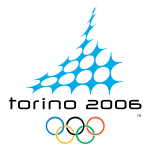
Fifty years after Cortina d'Ampezzo in 1956, the XX Winter Games returned to Italy in Turin in Piedmont. Some 2 573 athletes from 84 different countries competed in 15 sports (84 events) to win 1026 medals (342 gold, 342 silver and 342 bronze). The Germans topped with 29 podium finishes ahead of the U.S. with 25 medals and Canada with 24 medals. For the first time in history, Norway has not won an Olympic Biathlon, Cross Country and Nordic Combined. By getting the bronze medal at 12.5 kilometers starting line, the German Disl became 35 years biathlete the most medals in history with a total of 9 medals. His compatriot, Andre Lange n scored twice at 2 and 4 in Bobsleigh, an unprecedented event since 1984. For the first time in history, Japan won a Winter Olympic title with the coronation of the skater Shizuka Arakawa and blocking the road to Grand Slam in Russia. The King of Figure Skating was the 'Tsar' Evgeni Plushenko , well above the other participants. South Korea has recorded 10 of the 11 medals in Short Track including Ahn Hyun-Soo climbing four times on the podium. With three gold medals and one bronze, is one of the most decorated athlete of these Games. Note also the performance of the Canadian Cindy Klassen with her 5 medals in speed skating! As for Germany's Michael Greis s, it marked the Biathlon with three gold medals while Kristina Smigun was the melter of the Games with his two titles in the pursuit and sprint. Among the disappointments, the U.S. skier Bode Miller left empty-handed as biathlete Raphael Poiree with only a bronze medal in relay. Welcome performance Transalpins with torchbearers Zorzi, Di Centa, Valbusa and Piller Cottrer, winning gold in cross country without forgetting Enrico Fabris , King of Speed Skating winning no less than 2 gold medals and one bronze .
The next Winter Games
will take place from 10 to 26 February 2010 in Vancouver, Canada.
See also:
Winter Olympics
Number of medals Olympic Winter Games
Winter Olympics
Participants in the Olympic Winter
Winter Olympics
Statistics Olympic Winter Games
Winter Olympics
All results of the Winter Olympics
Copyright Sportquick/Promedi

















